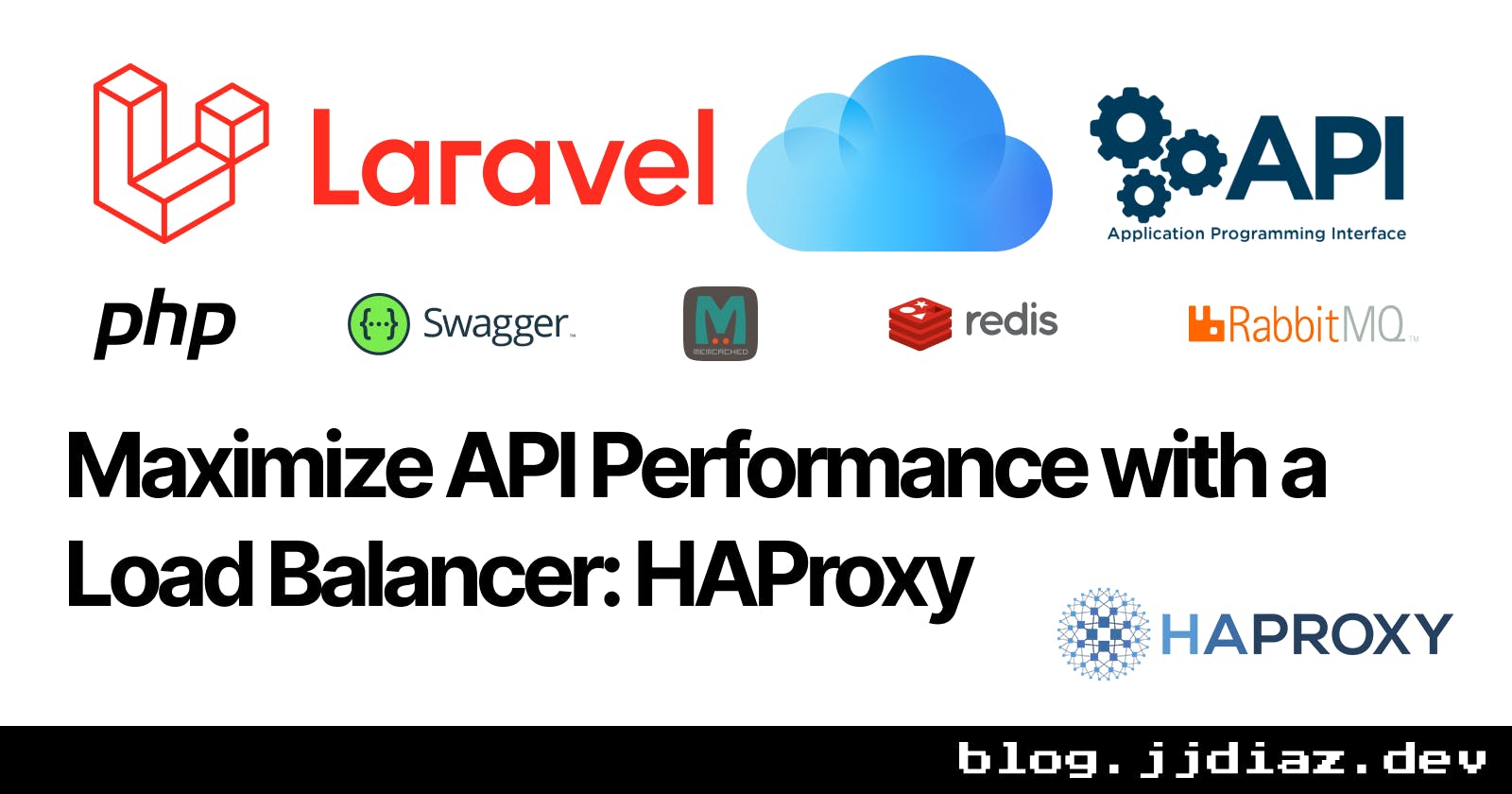Maximize API Performance with a Load Balancer: HAProxy
Explore the different options for load balancers and learn how to choose the best one for your API
Table of contents
No headings in the article.
A load balancer is a critical component of any scalable and reliable API. It allows you to distribute incoming requests across multiple servers, which can help improve the scalability and reliability of your API by allowing it to handle a larger number of requests.
There are many different load balancing algorithms that you can use to distribute requests across multiple servers. Some common algorithms include round-robin, least connections, and least response time. You can choose the algorithm that best suits your needs based on the specific requirements of your API.
To set up a load balancer for your API, you can use a hardware load balancer or a software load balancer. Hardware load balancers are physical devices that are installed in your network and are typically more expensive than software load balancers. Software load balancers, on the other hand, are programs that you install on a server and are generally more affordable and easier to set up than hardware load balancers.
One of the most popular software load balancers is HAProxy. HAProxy is a free and open-source load balancer that is widely used in production environments. To set up HAProxy for your API, you first need to install it on a server. You can then configure HAProxy by modifying its configuration file, which is typically located at /etc/haproxy/haproxy.cfg.
In the configuration file, you can specify the servers that you want to load balance and the algorithm that you want to use to distribute requests between them. Here is an example of a simple HAProxy configuration that uses the round-robin algorithm to distribute requests between two servers:
global
maxconn 4096
defaults
mode http
timeout connect 5000ms
timeout client 50000ms
timeout server 50000ms
frontend api
bind *:80
default_backend servers
backend servers
balance roundrobin
server server1 10.0.0.1:80 check
server server2 10.0.0.2:80 check
In this example, HAProxy is listening on port 80 and distributing incoming requests between the two servers at IP addresses 10.0.0.1 and 10.0.0.2 using the round-robin algorithm. You can add as many servers as you need to the backend configuration to scale your API.
Overall, a load balancer is an essential component of any scalable and reliable API. By using a load balancer to distribute incoming requests across multiple servers, you can improve the scalability and reliability of your API and ensure that it can handle a large number of requests without breaking down. Whether you use a hardware load balancer or a software load balancer like HAProxy, implementing a load balancer can have a significant impact on the performance and reliability of your API.

